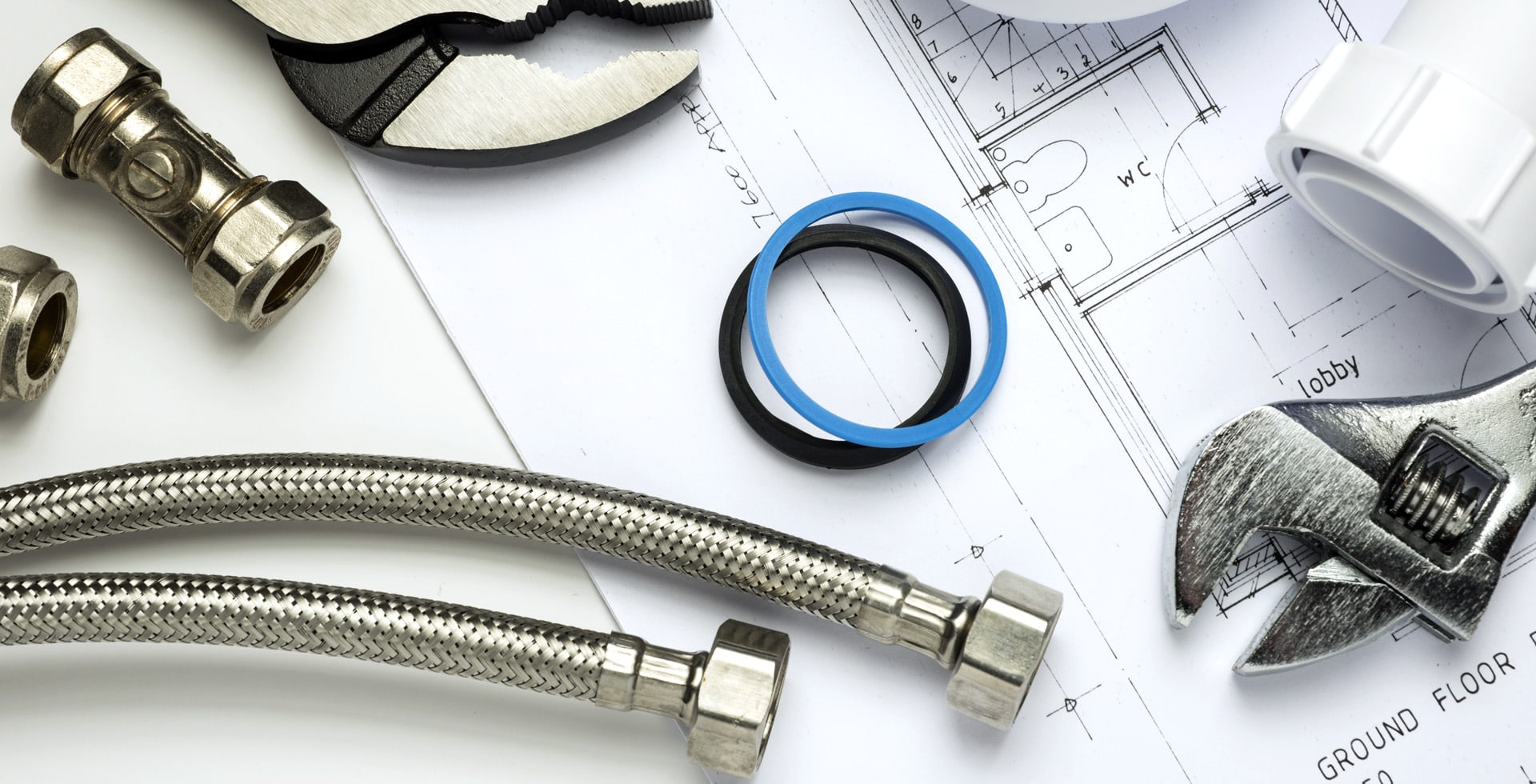Understanding Lockouts
Being locked out of your home, office, or vehicle can be a frustrating experience. It often occurs at the most inconvenient times, leaving you searching for a solution. While many lockouts can be resolved quickly by a locksmith, some situations demand more drastic measures like lock drilling and replacement. This article provides insights into why these methods are sometimes necessary.
When is Lock Drilling Necessary?
Lock drilling involves removing a lock by boring a hole into it to render it unusable. This method is commonly employed in specific circumstances:
1. Key Jammed in the Lock
One of the most common reasons lock drilling is necessary is when a key gets jammed in the lock mechanism. Attempting to extract a broken key can lead to further damage, necessitating the drilling of the lock to replace it altogether.
2. Transparent Locks with No Key
If you lose the keys to a lock that doesn’t have a backup, it may require drilling. This scenario is often seen with older locks or unique locking systems where the manufacturer has discontinued support.
3. Multiple Failed Unlock Attempts
Repeated attempts to unlock a door can result in severe internal damage to the lock. In these cases, drilling may be the most efficient and effective solution.
4. Security Concerns
When your home or business is at risk, such as during a burglary attempt where the lock can be damaged, lock drilling may be necessary. The primary goal is to secure the premises quickly and efficiently.
Advantages of Lock Drilling and Replacement
While drilling a lock may seem extreme, it has several advantages in emergency situations:
- Fast Resolution: Drilling a lock allows for rapid access, especially in emergencies.
- Enhanced Security: Replacing an old or compromised lock with a new one ensures better protection.
- Prevents Further Damage: In some cases, drilling is the best way to avoid additional damage to the door or surrounding areas.
The Process of Lock Drilling
If you find yourself in a situation requiring lock drilling, it’s essential to understand the process:
- Assessment: A locksmith will evaluate the lock and surrounding door frame for damage and determine whether drilling is necessary.
- Preparation: The area will be prepared to minimize any damage to the door or surrounding structure.
- Drilling: Using specialized equipment, the locksmith will drill into the lock, allowing for the removal of the damaged lock mechanism.
- Replacement: After removal, a new lock will be installed. This lock is often more advanced and secure than the original.
Cost Considerations
Lock drilling and replacement can incur various costs, influenced by several factors:
- Lock Type: The cost can vary depending on whether you choose a standard lock or a high-security option.
- Labor: Professional locksmith services typically charge for labor, which may differ based on location.
- Emergency Services: If you require immediate assistance after hours, expect to pay a premium for emergency locksmith services.
Preventing Future Lockouts
Taking steps to prevent future lockouts can save you time and money. Here are some strategies to consider:
- Create Spare Keys: Keep spare keys in a secure location or with a trusted neighbor or family member.
- Upgrade Your Locks: Consider installing smart locks or high-security locks that offer keyless entry options.
- Regular Maintenance: Schedule routine check-ups for your locks to ensure they are in good working order.
Conclusion
Understanding why some lockouts require lock drilling and replacement can help you make informed decisions in emergency situations. While drilling may seem extreme, it is often the quickest, most effective solution for severe lock issues. Regular maintenance, spare keys, and potential upgrades can help mitigate future lockout scenarios. If you ever find yourself in a lockout situation, consulting with a professional locksmith is the best course of action to ensure safety and security.

